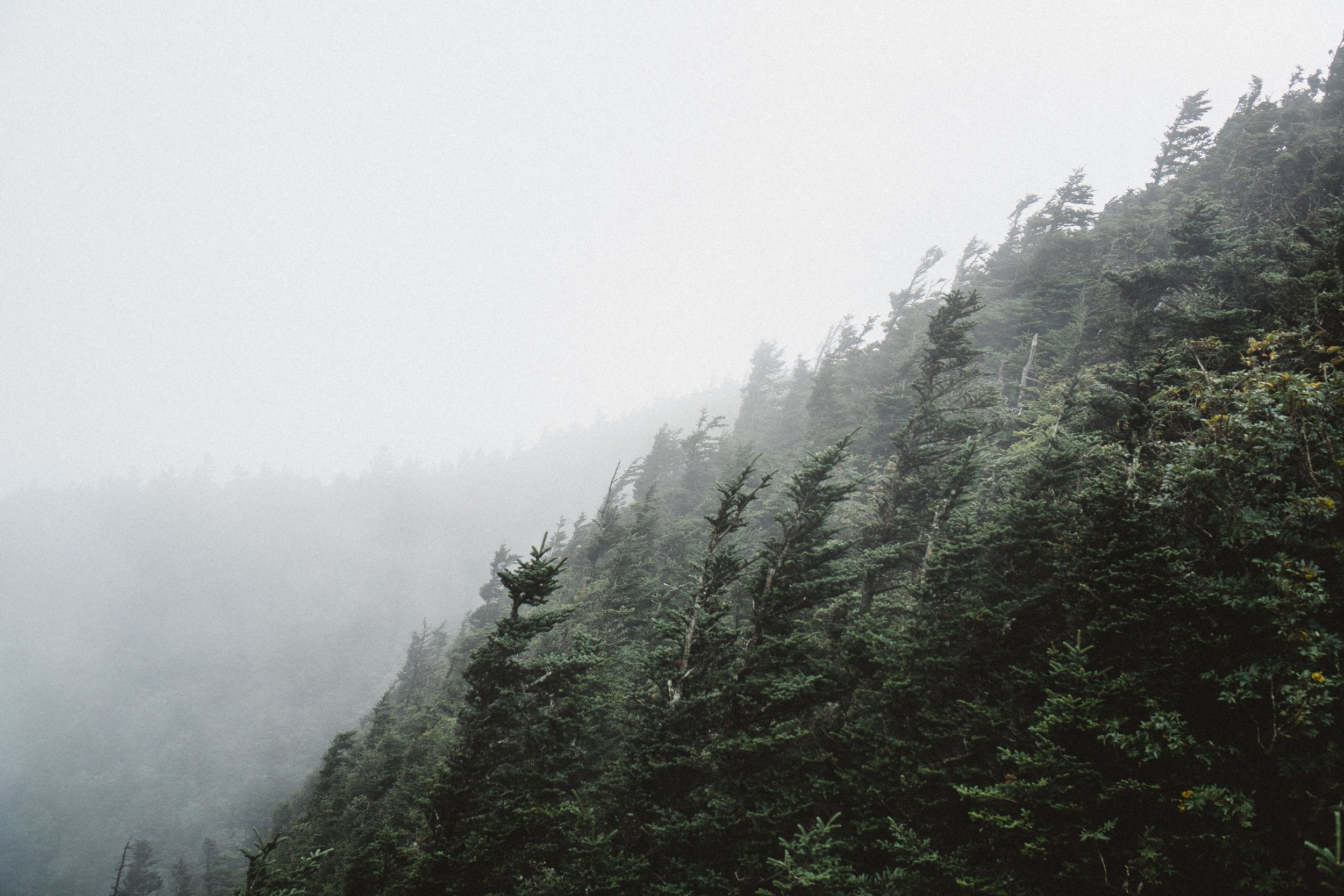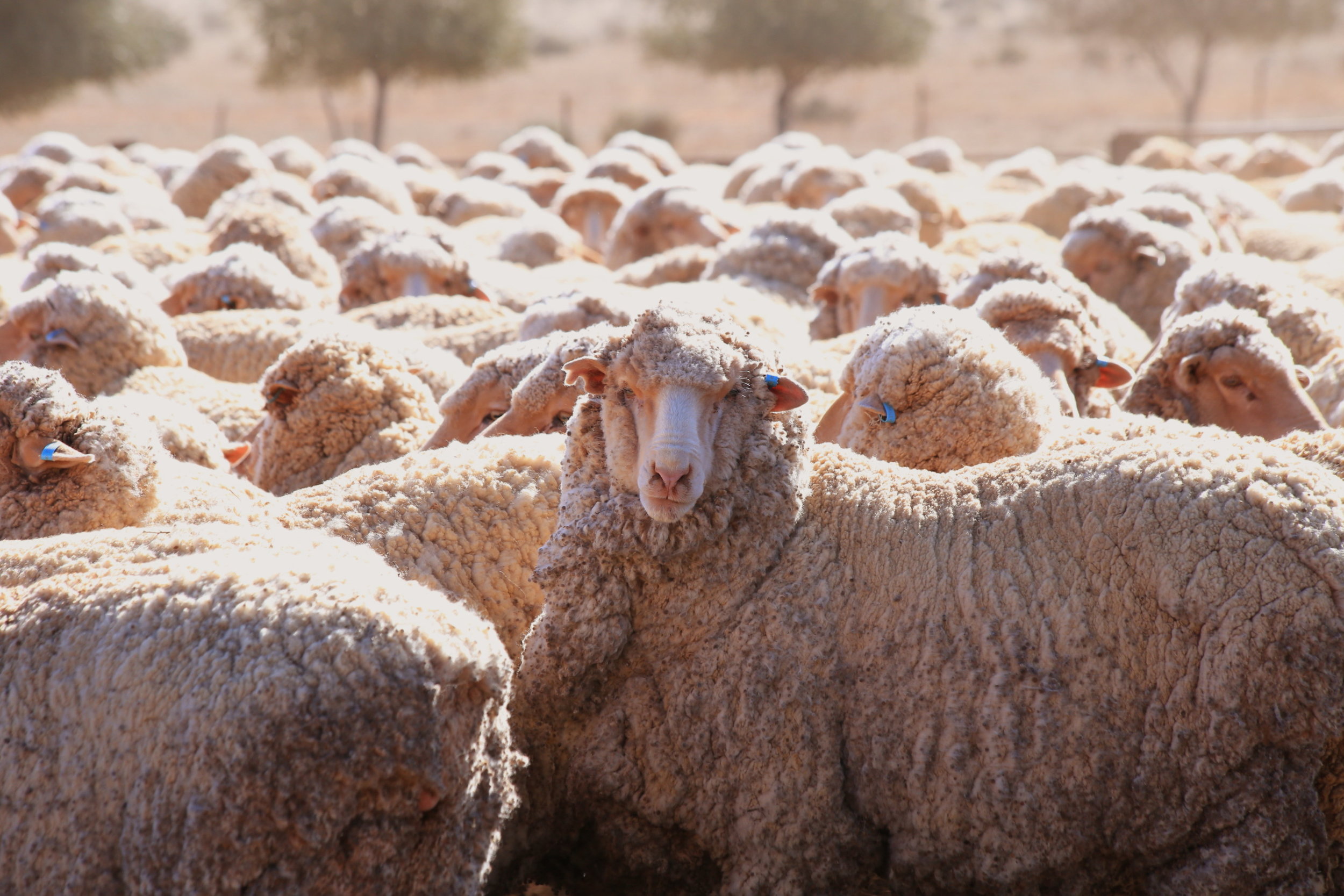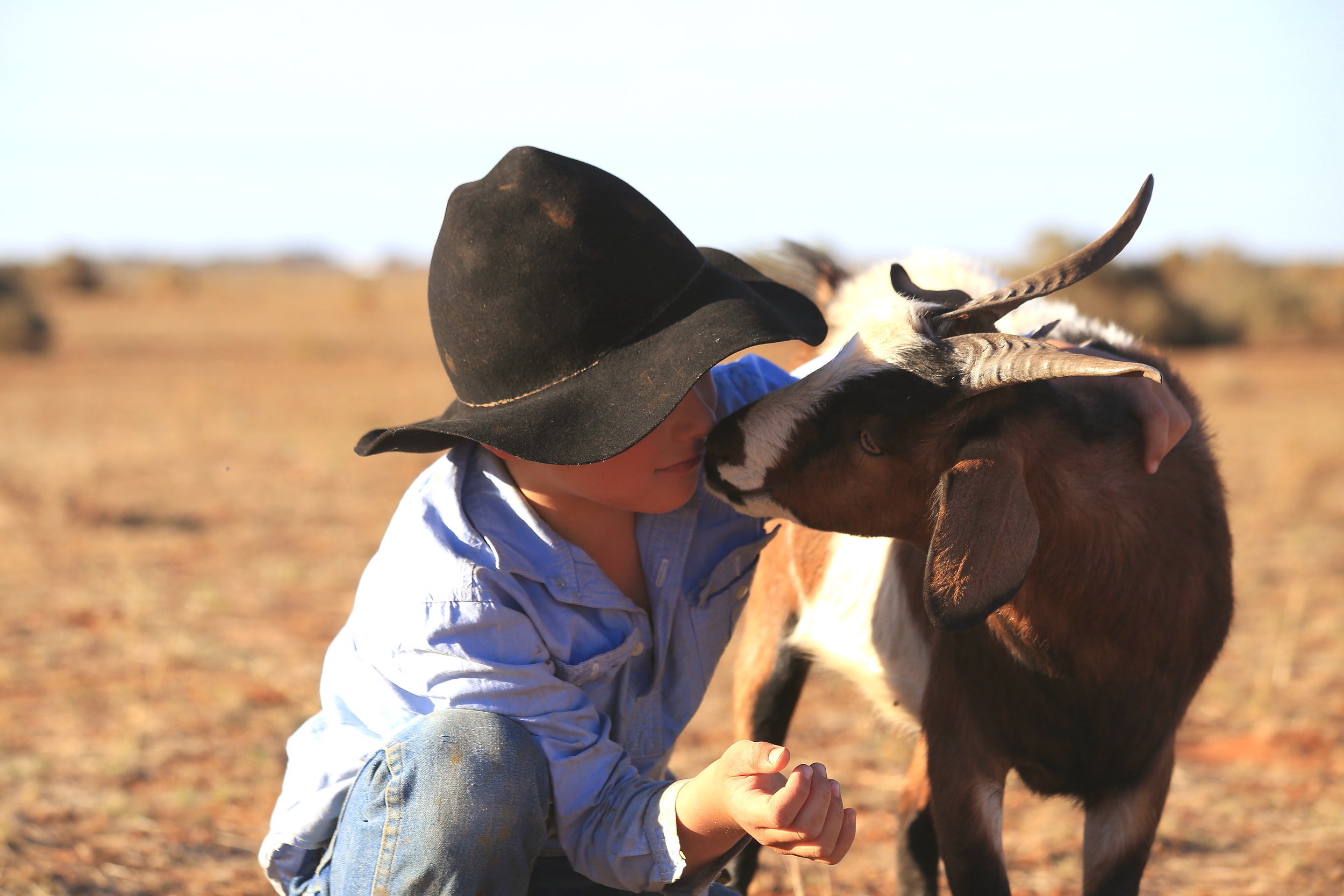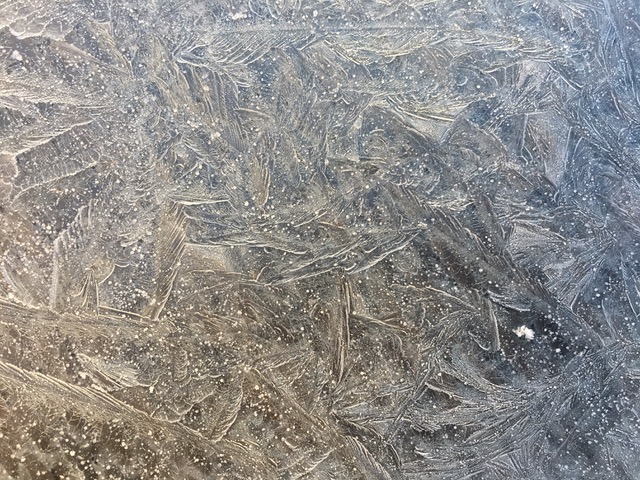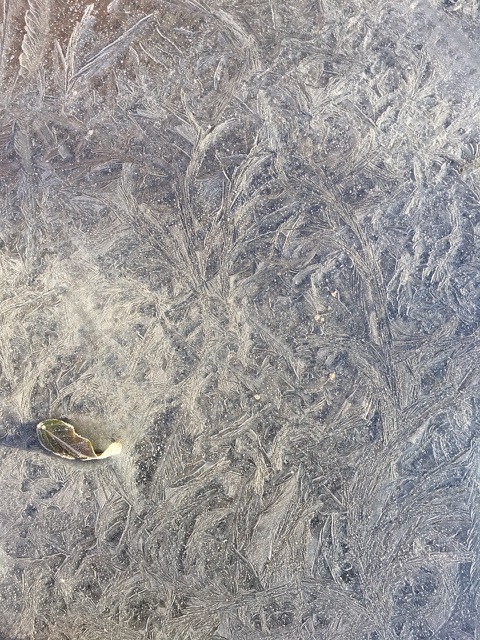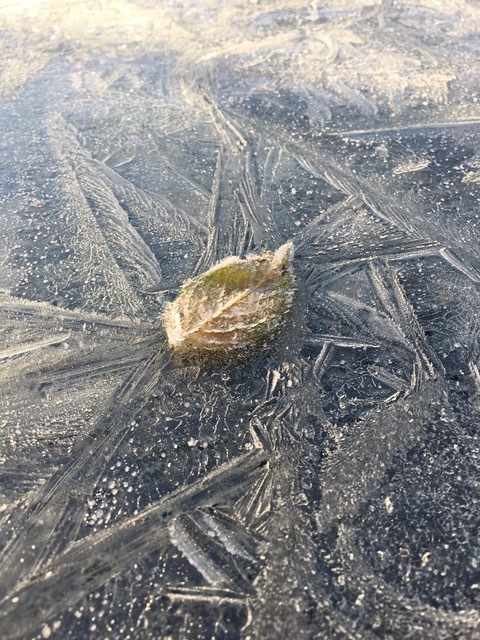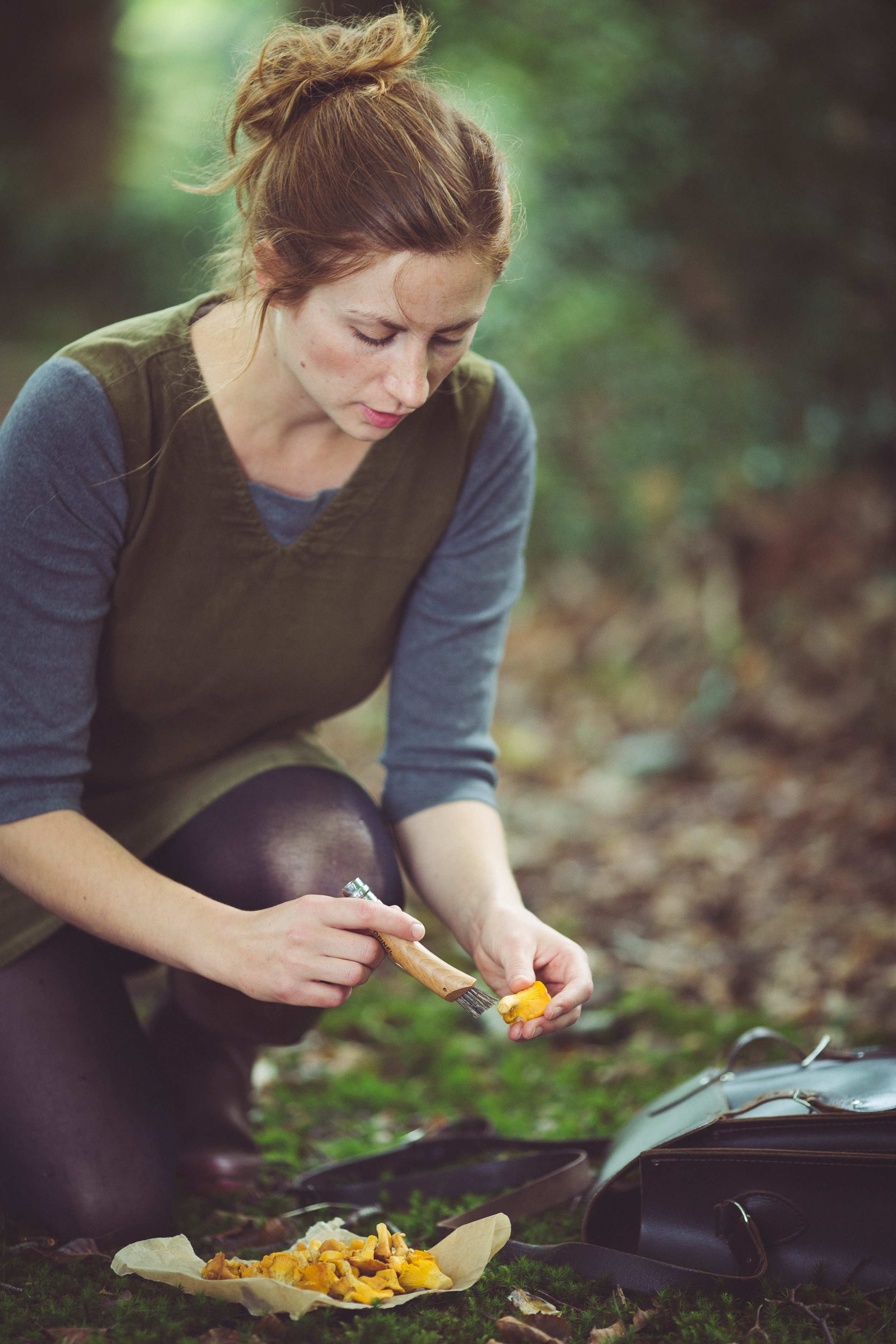Slow down. Release anxiety. Pay attention to what is happening around you. Give thanks for whatever abundance you’ve found. Don’t take things or moments for granted. Be wise with your time.
The universe whispered these messages to me over and over and over again until I was ready to listen (read: until I had ignored them long enough to find a practical solution to my problems). If I’m being honest, the prospect of tiny living was a means to an end (hello, just paid off my student loans and I don’t love being in debt), but our foray into a simpler lifestyle has brought so much more than financial freedom.
Long before I ever met him, my now-husband, Matt, learned about the tiny house movement and planned on living out his bachelor days in a custom tiny home on wheels- it would provide him simplicity, freedom, and enable his tendencies to be outside at every moment possible. But then we met and started dating and a couple of years later we were married and the idea of tiny houses were a dream from the past. Around the time of our first anniversary, I started contemplating going back to school, but wary of the mountain of debt that was sure to accrue, brought up tiny homes again. Smaller space plus cheaper rent equals more money to do xyz. At first, my Matt didn’t take me seriously. In fact, it wasn’t until I made him drive to a city three hours away to attend a festival where we could tour multiple tiny homes (for design inspiration, of course) that he realized this wasn’t just a whim.
We spent the next year dreaming, designing, and building our home with the help of my father and grandfather, both of whom have decades of construction experience. I so enjoyed designing the aesthetic of the home and getting to collaborate on creating solutions to make our house as functional as possible. We worked in the evenings and almost every weekend building our dream home, and just after our second anniversary, we pulled out of the driveway with our home in tow.
We’re approaching six months of tiny living, in our new, beautiful home in a new, beautiful place nestled up to the Rocky Mountains of Colorado, and this is what I’ve learned:
It is so incredibly important to slow down. Those messages from the universe are resonant with our new lifestyle, but I still have to actively chase after peaceful and conscious moments, choose to be intentional with the ways I spend my time, and create space in my daily agenda for gratitude. Slow living doesn’t come natural to many of us, but once you dip a toe, the pool of calm and presence and ritual is one that draws you in.
For those of you aching for a respite, tired of the daily busy-ness, I wish you slow moments. You don’t need a tiny house to be more present. Steep a kettle of tea, spend an evening by the fireplace with a book, or cast on a new knitting project to keep your hands busy. Send a note to a pen-pal or call your mom just to say hello. Set aside five minutes to meditate before you go to bed. Get outside and take a walk. Take in the beauty of your surroundings. Just a few minutes of mindful slowness a day makes a world of difference.
Sarah Beth
https://www.slowlyandtrue.com/









